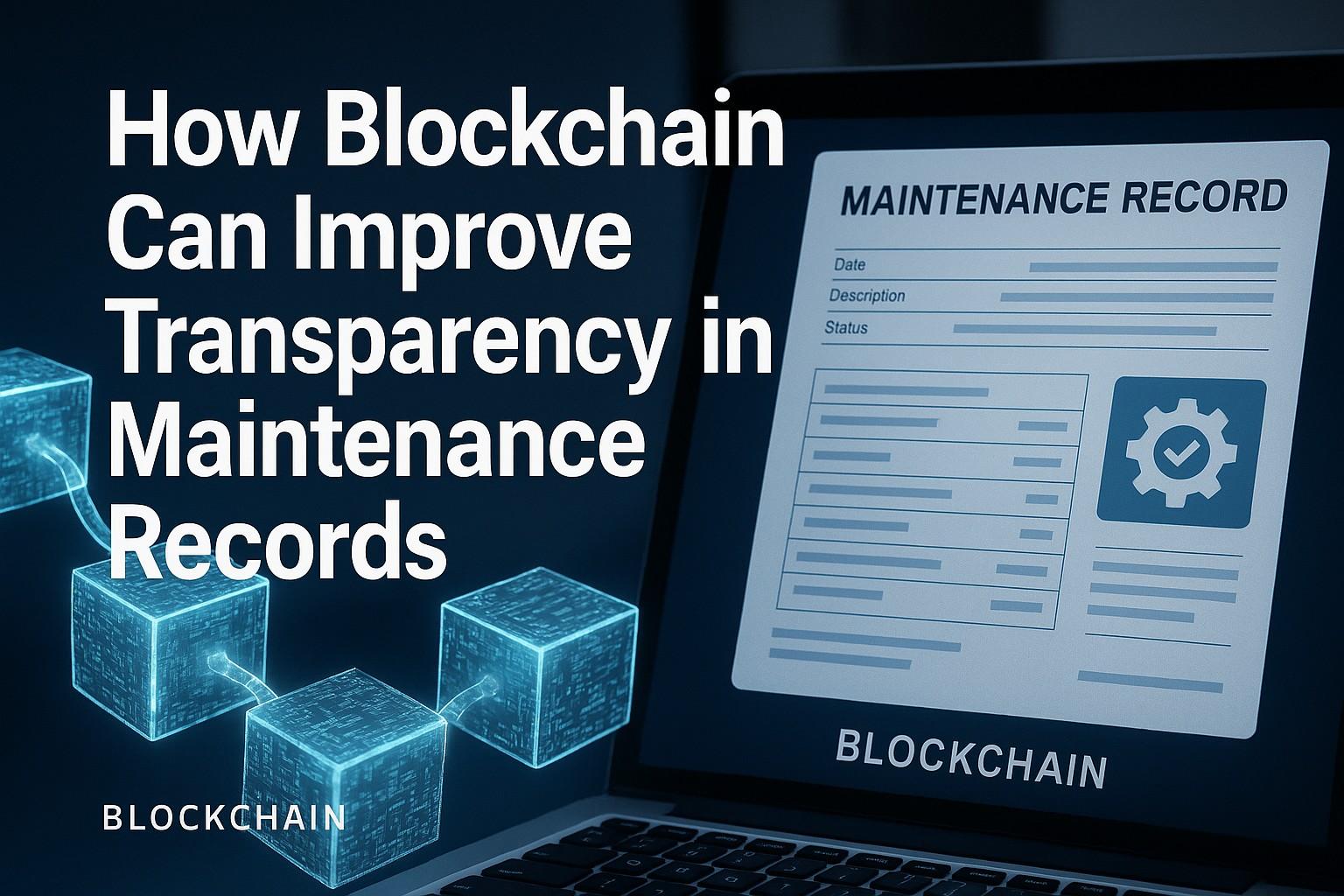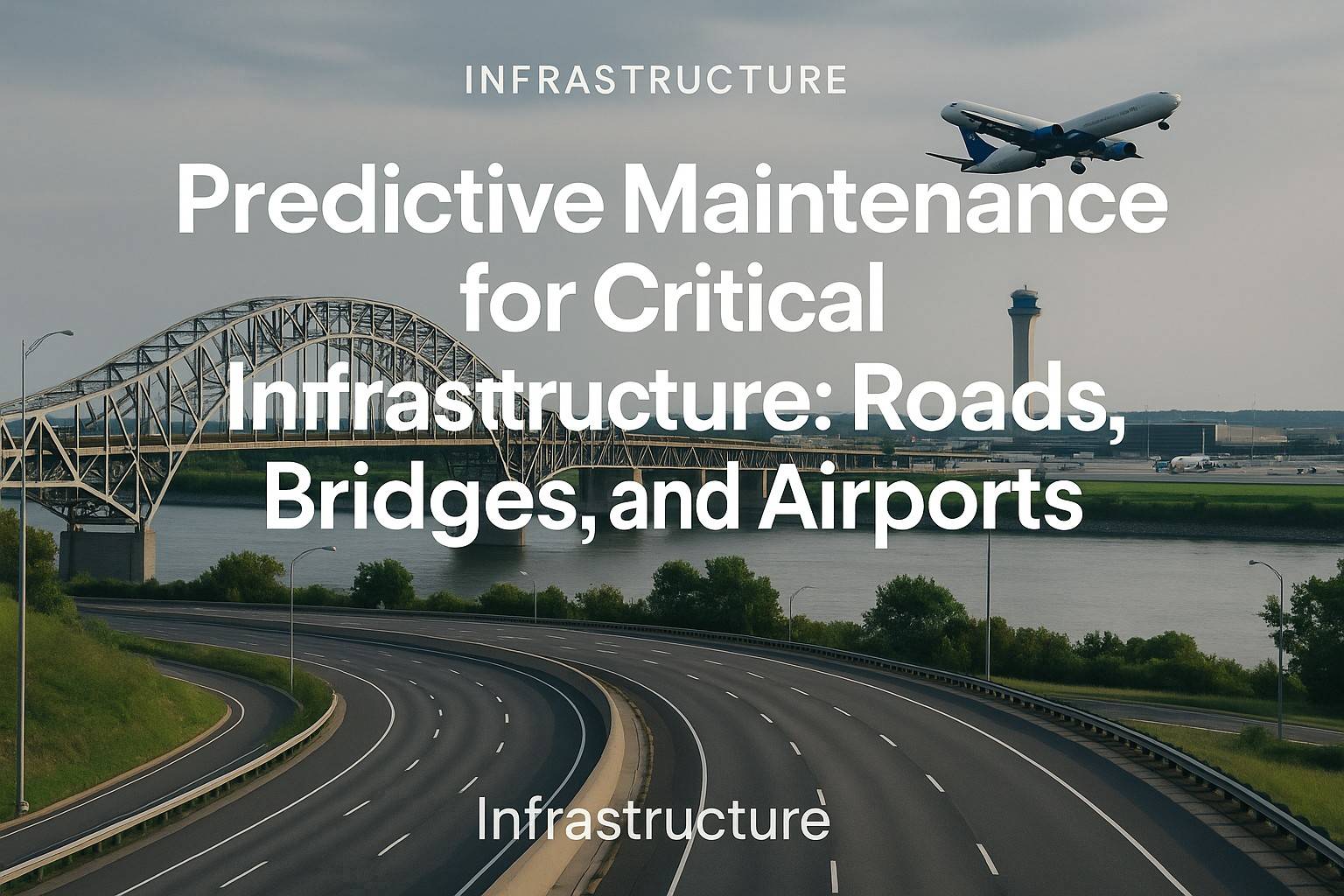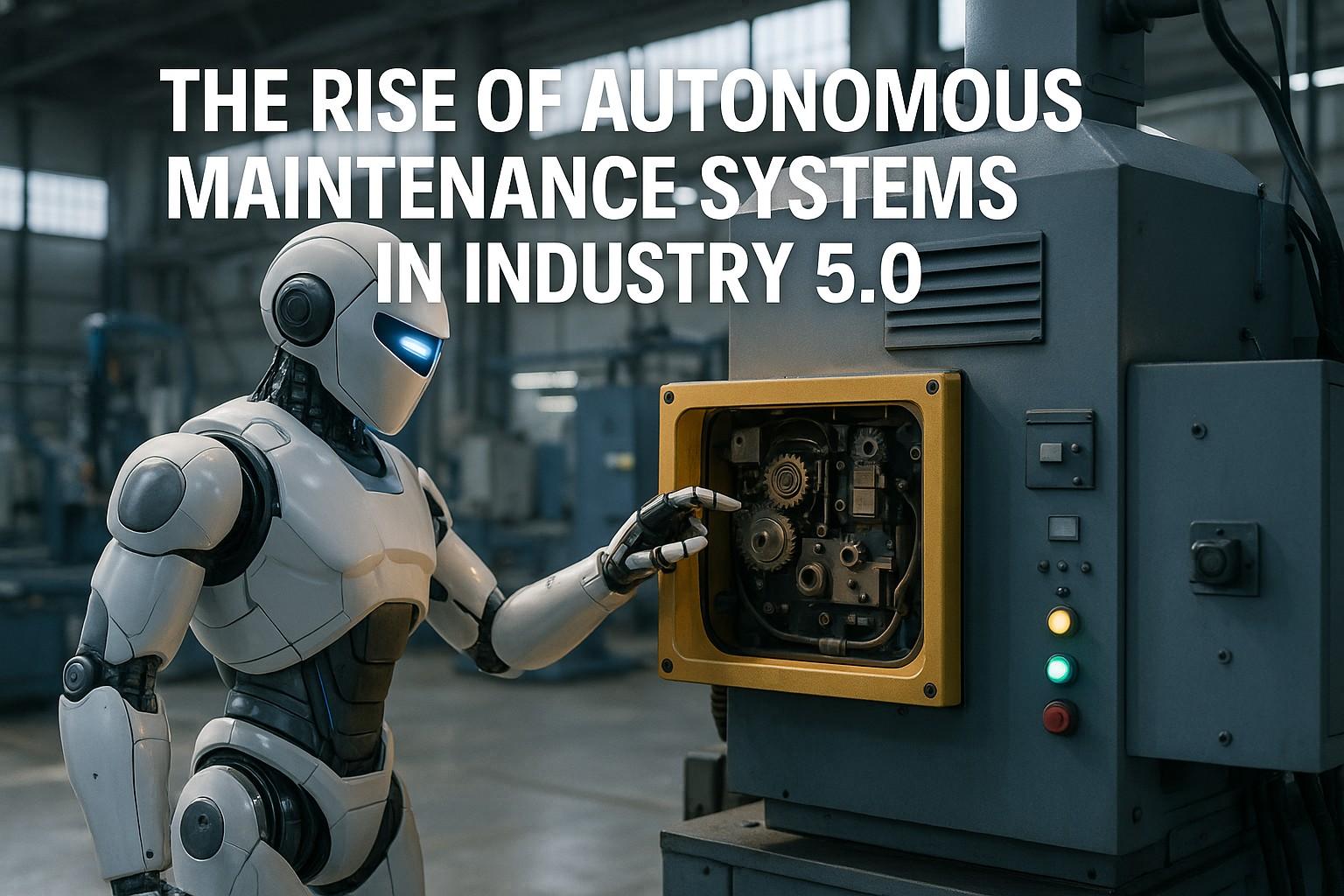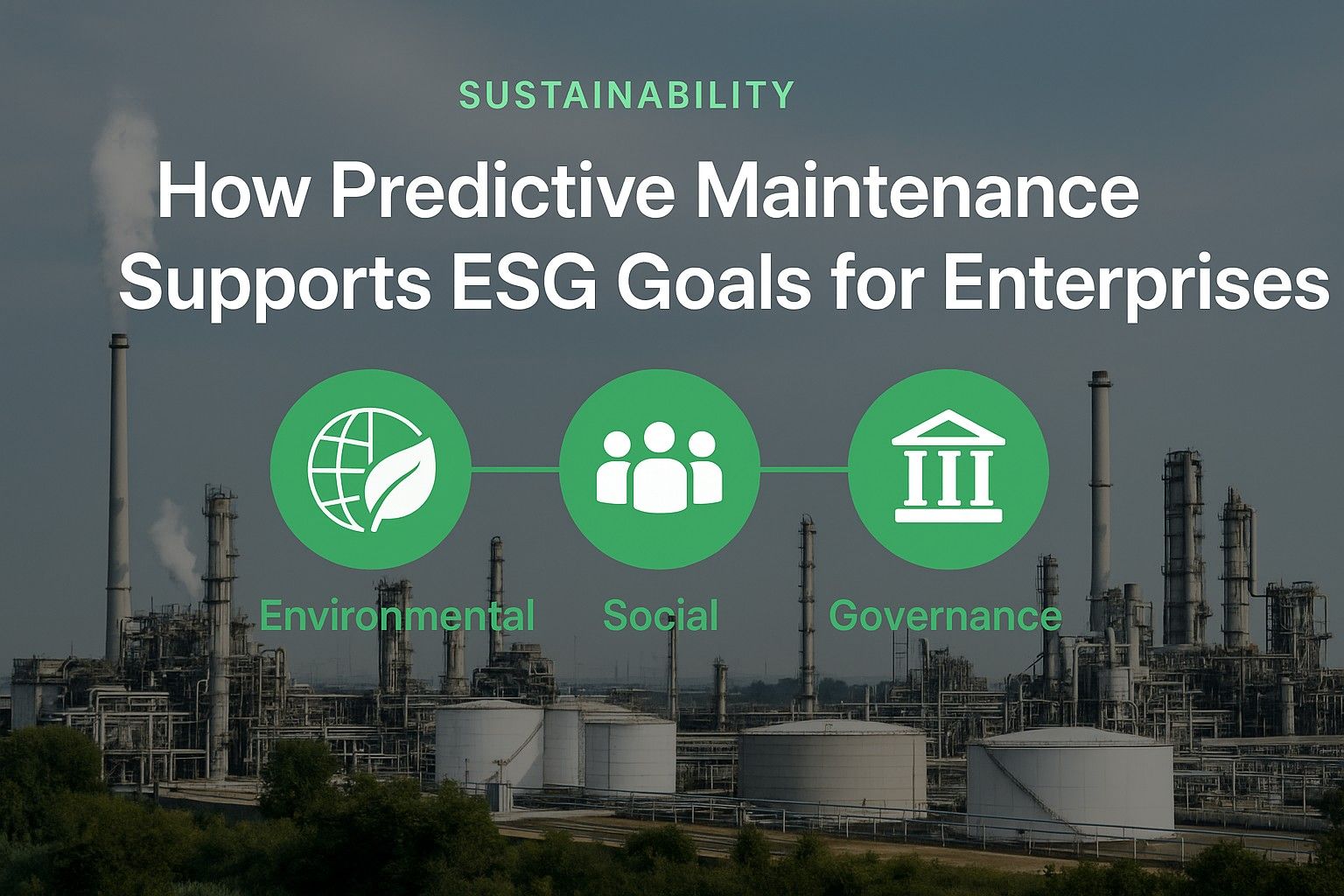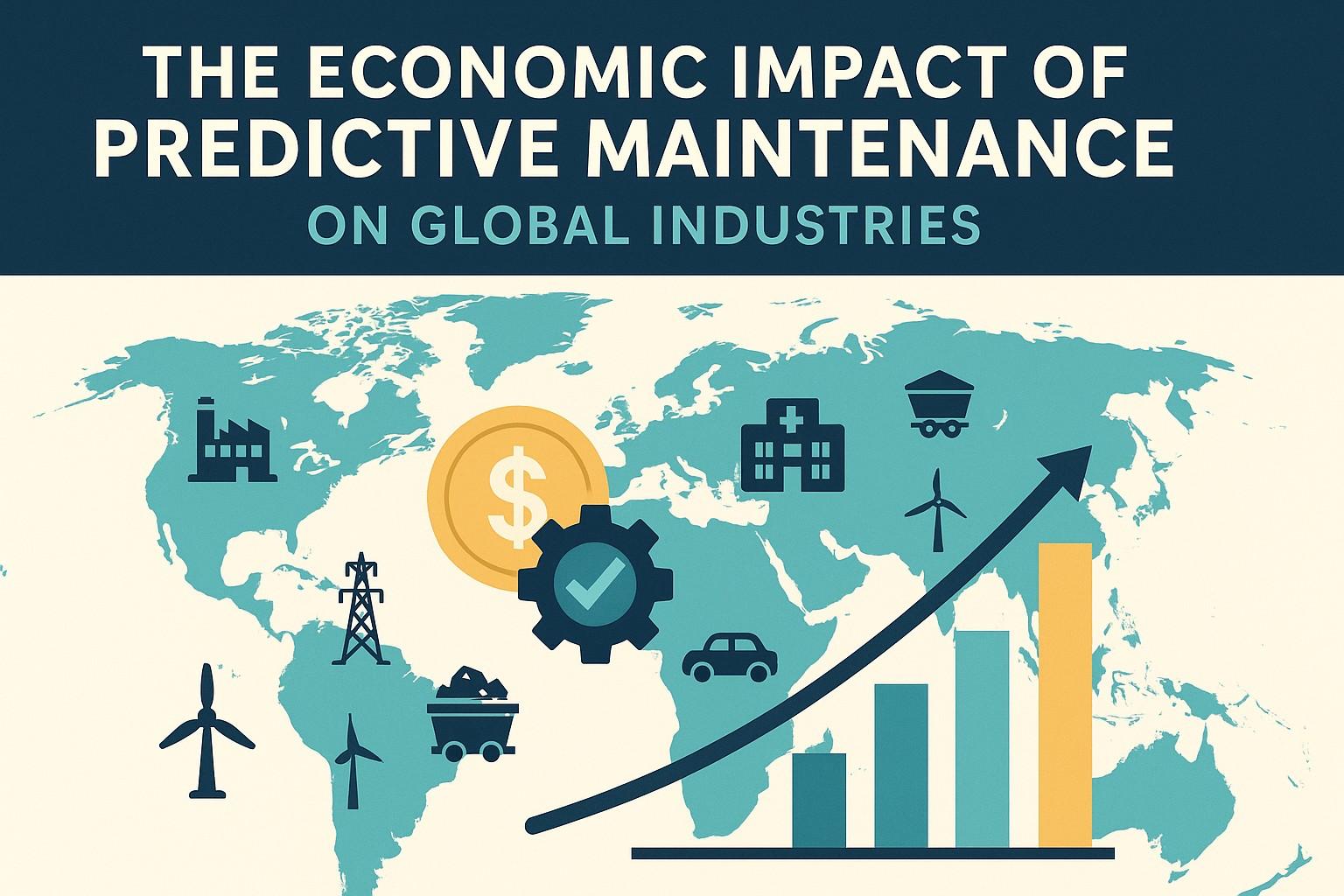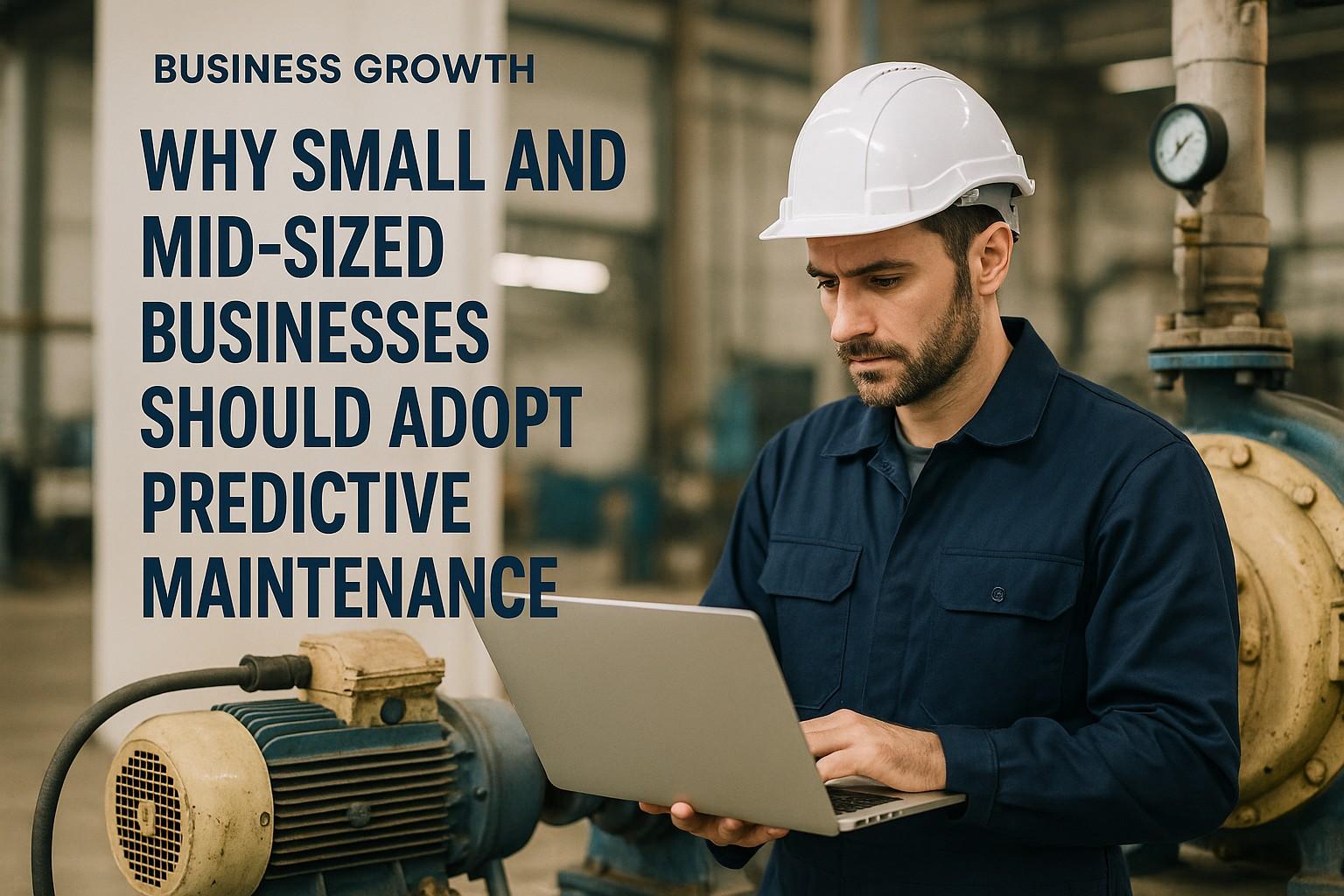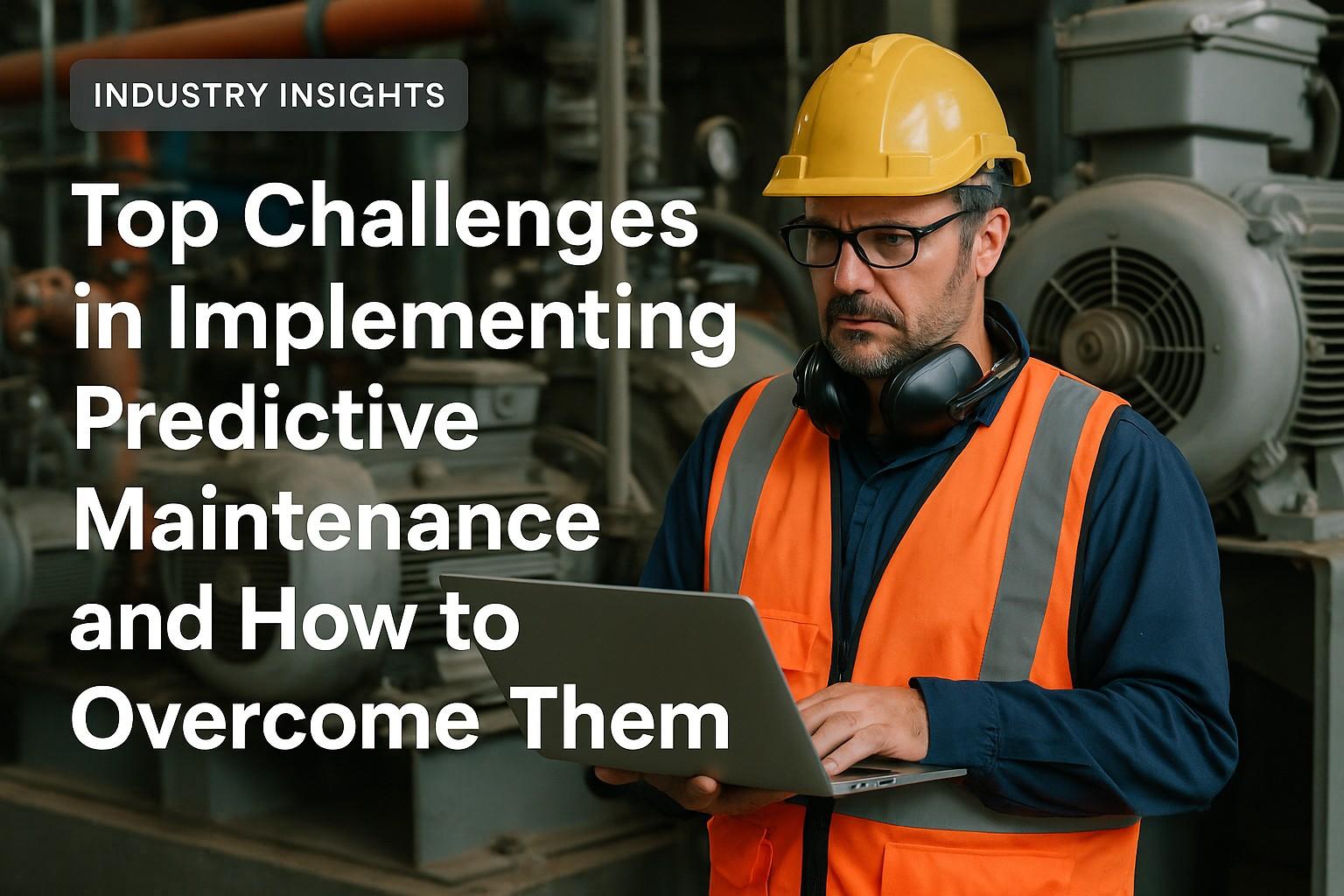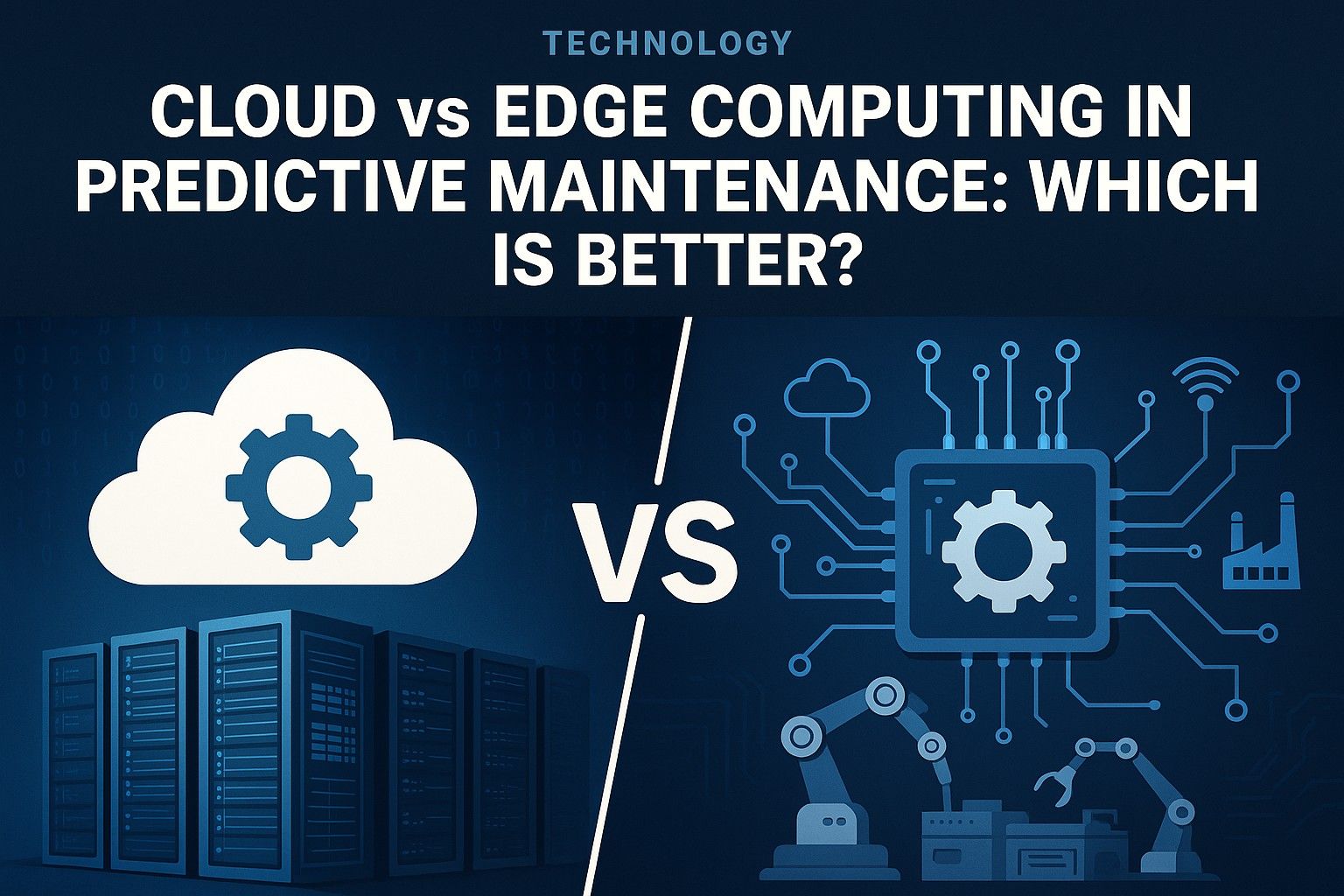Your compliance officer delivers a devastating report during the quarterly audit review: "We've discovered 47 inconsistencies in our maintenance records, and three critical assets lack verifiable service histories spanning back 18 months." You examine the paper trails and digital logs—$240,000 in potential regulatory fines—but realize your current maintenance documentation system has no tamper-proof verification, no immutable audit trail, and no way to prove the authenticity of maintenance activities. Without blockchain-secured maintenance records and cryptographically verified service histories, you're vulnerable to compliance failures, warranty disputes, and catastrophic trust gaps that could devastate operational credibility.
This documentation crisis unfolds across industrial facilities nationwide as organizations struggle with maintenance record integrity, transparency failures, and verification challenges that expose them to massive regulatory and financial risks. The average manufacturing facility maintains 5,000-15,000 maintenance records annually, but traditional systems offer zero protection against tampering, modification, or fraudulent documentation—costing industries $8-12 billion yearly in disputes, compliance violations, and warranty rejections.
Facilities implementing blockchain-secured maintenance record systems achieve 99.9% record integrity verification while eliminating documentation disputes by 85-95% compared to traditional database systems. The transformation lies in leveraging distributed ledger technology, cryptographic hashing, and smart contract automation that creates immutable, transparent, and instantly verifiable maintenance histories impossible to forge or manipulate.
Ready to eliminate maintenance record disputes and achieve 99.9% documentation integrity with blockchain verification that auditors and regulators trust instantly?
Every unverified maintenance record is a potential $240,000 compliance violation waiting to happen. Blockchain technology provides cryptographic proof of every service activity, creating immutable audit trails that eliminate documentation disputes forever. Transform your maintenance records into legally bulletproof digital certificates that withstand any scrutiny.
Understanding Blockchain for Maintenance Record Management
Effective blockchain implementation for maintenance records requires understanding the sophisticated distributed ledger architecture that transforms maintenance documentation from vulnerable databases into cryptographically secured, tamper-proof digital ledgers. These systems extend far beyond simple record storage to include smart contract automation, multi-party verification, and real-time consensus mechanisms that guarantee every maintenance activity is permanently recorded, instantly verifiable, and completely transparent to authorized stakeholders.
Traditional maintenance record systems store data in centralized databases vulnerable to unauthorized modification, accidental deletion, and fraudulent documentation. A single compromised administrator account can alter maintenance histories, delete critical service records, or fabricate documentation—creating liability exposures worth millions. Blockchain maintenance systems eliminate these vulnerabilities through distributed consensus, where every record modification requires cryptographic verification from multiple network participants, making unauthorized tampering mathematically impossible while maintaining complete transparency.
Immutable Maintenance Ledgers
Distributed blockchain networks creating permanent, unalterable maintenance records. Every service activity receives cryptographic timestamps and verification, preventing 100% of unauthorized modifications while providing instant audit trail access.
Smart Contract Automation
Self-executing maintenance agreements triggering automatically based on asset conditions. Reduces manual documentation by 70-85% while ensuring compliance requirements are automatically enforced and verified.
Multi-Party Verification Systems
Consensus mechanisms requiring multiple stakeholder validation for maintenance records. Eliminates single-point documentation failures and provides 99.9% verification accuracy through distributed trust networks.
Cryptographic Asset Histories
Complete equipment lifecycle documentation with cryptographic proof of authenticity. Enables instant warranty verification and asset valuation while preventing fraudulent service claims by 95-100%.
Blockchain Implementation Benefits by Use Case
| Application Area | Implementation Cost | Key Benefits | ROI Timeline |
|---|---|---|---|
| Compliance Documentation | $120,000 - $350,000 | 100% audit trail integrity, 90% faster regulatory compliance | 10-16 months |
| Warranty Verification | $80,000 - $250,000 | 95% reduction in warranty disputes, instant claim validation | 12-18 months |
| Asset Lifecycle Tracking | $150,000 - $400,000 | Complete equipment history, 85% better resale value documentation | 14-22 months |
| Multi-Site Operations | $200,000 - $600,000 | Unified maintenance records, 75% reduction in data reconciliation | 16-24 months |
| Supply Chain Integration | $180,000 - $500,000 | End-to-end parts traceability, 80% faster vendor verification | 18-28 months |
Blockchain Maintenance Record Implementation Framework
Creating an effective blockchain maintenance documentation system requires systematic development combining network architecture design, stakeholder alignment, and integration planning with existing CMMS and ERP systems. Asset identification and record prioritization provide the foundation for blockchain deployment, determining which maintenance activities require immutable documentation and cryptographic verification for maximum compliance and operational value.
Blockchain Implementation Roadmap
Network architecture decisions significantly impact blockchain maintenance record capabilities and operational flexibility. Private permissioned blockchains offer 2-3x faster transaction speeds and better compliance control for internal operations, while consortium blockchains enable trusted multi-party collaboration between manufacturers, service providers, and regulatory authorities. Public blockchains provide maximum transparency but typically lack the performance and privacy controls required for sensitive maintenance documentation.
Blockchain Infrastructure
35-45% of budget for distributed ledger deployment, node configuration, and network security architecture
Smart Contract Development
25-30% for automated maintenance verification protocols and compliance rule enforcement
System Integration
20-25% for CMMS connectivity, IoT sensor integration, and enterprise system synchronization
Training & Change Management
10-15% for workforce education, process adaptation, and stakeholder onboarding
Ongoing Operations
5-10% for network maintenance, consensus validation, and continuous improvement
Advanced Blockchain Capabilities and Competitive Advantages
Strategic blockchain maintenance applications extend beyond basic record storage to include predictive verification, automated compliance reporting, and AI-powered anomaly detection that identifies documentation irregularities before they become regulatory violations. The most successful facilities leverage advanced blockchain capabilities to create self-auditing maintenance ecosystems that continuously verify data integrity while providing real-time compliance dashboards and instant regulatory reporting capabilities.
Advanced Blockchain Applications
- Implement IoT-blockchain integration for automated sensor-to-ledger maintenance documentation
- Deploy AI-powered smart contracts that automatically detect and flag maintenance record anomalies
- Create cross-organizational maintenance consortiums sharing verified service histories
- Build predictive compliance systems that forecast regulatory audit requirements 90 days in advance
- Enable instant warranty claim processing through cryptographically verified service histories
- Develop tokenized maintenance credits for multi-vendor service coordination and payment automation
- Establish real-time equipment certification tracking with automatic renewal notifications
- Generate immutable environmental compliance documentation for sustainability reporting
Competitive differentiation through blockchain requires moving beyond basic documentation to strategic transparency initiatives that build stakeholder trust and enable new business models. Industry leaders achieve 40-60% premium valuations through blockchain-verified asset histories that provide buyers, insurers, and regulators with unprecedented confidence in equipment condition and maintenance quality.
Ecosystem collaboration through blockchain networks creates exponential value multipliers. Multi-party maintenance consortiums reduce duplicate vendor verification by 70-85% while enabling instant service provider credential validation and performance tracking. Facilities participating in blockchain maintenance networks report 25-40% lower vendor management costs and 50-60% faster procurement cycles through automated qualification verification.
2025 Blockchain Trends Transforming Maintenance Management
- Quantum-resistant cryptography protecting maintenance records against future computational threats
- Cross-chain interoperability enabling maintenance data sharing across different blockchain networks
- Zero-knowledge proofs allowing compliance verification without exposing sensitive operational data
- Decentralized autonomous maintenance organizations (DAMOs) enabling community-governed service protocols
- NFT-based equipment certifications providing unique digital twins of asset maintenance histories
- AI-blockchain fusion creating self-optimizing maintenance documentation systems
Innovation acceleration through blockchain experimentation separates industry leaders from followers. Facilities dedicating resources to blockchain pilot programs identify breakthrough documentation capabilities 18-24 months before widespread adoption, capturing first-mover advantages in regulatory compliance, warranty optimization, and asset valuation transparency that competitors cannot easily replicate.
Conclusion
Blockchain technology represents the most significant advancement in maintenance record management since computerized maintenance systems, enabling facilities to create immutable, transparent, and instantly verifiable documentation that eliminates disputes, accelerates compliance, and builds unprecedented stakeholder trust. Organizations implementing comprehensive blockchain maintenance strategies achieve 99.9% record integrity verification while reducing documentation disputes by 85-95% through cryptographically secured, distributed ledger architectures impossible to tamper with or manipulate.
Understanding blockchain maintenance applications reveals that successful implementations require sophisticated network architecture combining distributed consensus, smart contract automation, and multi-party verification extending far beyond simple database replacement. Technology performance varies significantly by use case and network design, but modern blockchain maintenance systems consistently deliver 3-4x ROI through eliminated disputes, accelerated compliance, and enhanced asset valuation transparency.
Building effective blockchain strategies requires systematic assessment combining use case prioritization, network architecture selection, and phased deployment planning. Success depends equally on technology implementation, stakeholder alignment, and sustained commitment to transparency culture development that leverages blockchain capabilities for maximum operational and strategic value.
Optimization strategies focus on continuous capability expansion through AI integration, consortium collaboration, and predictive compliance applications. The most successful facilities view blockchain as an evolving transparency platform requiring ongoing investment in smart contract development, network enhancement, and ecosystem participation rather than one-time technology deployments.
The 2025 competitive environment rewards early blockchain adopters achieving regulatory excellence and documentation transparency while penalizing those maintaining vulnerable traditional record systems. Success requires balancing proven blockchain implementations delivering immediate compliance value with emerging innovations positioning for future regulatory requirements and stakeholder expectations demanding absolute maintenance record transparency.
Ready to transform your maintenance documentation with blockchain technology that creates legally bulletproof, cryptographically verified records eliminating 85-95% of documentation disputes forever?
The next regulatory audit could expose $240,000 in vulnerabilities hiding in your traditional maintenance records right now. Blockchain technology provides mathematical proof of maintenance integrity that no auditor can dispute, no lawyer can challenge, and no regulator can reject. Every day without blockchain verification is another day vulnerable to documentation failures that could destroy operational credibility and trigger massive compliance penalties. The technology exists today to eliminate these risks permanently—implement blockchain maintenance records before your next audit exposes costly record integrity failures.
